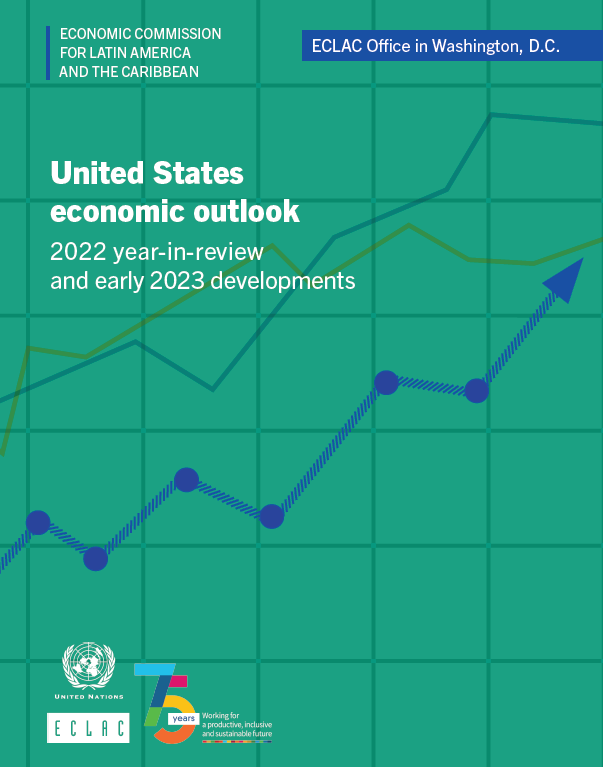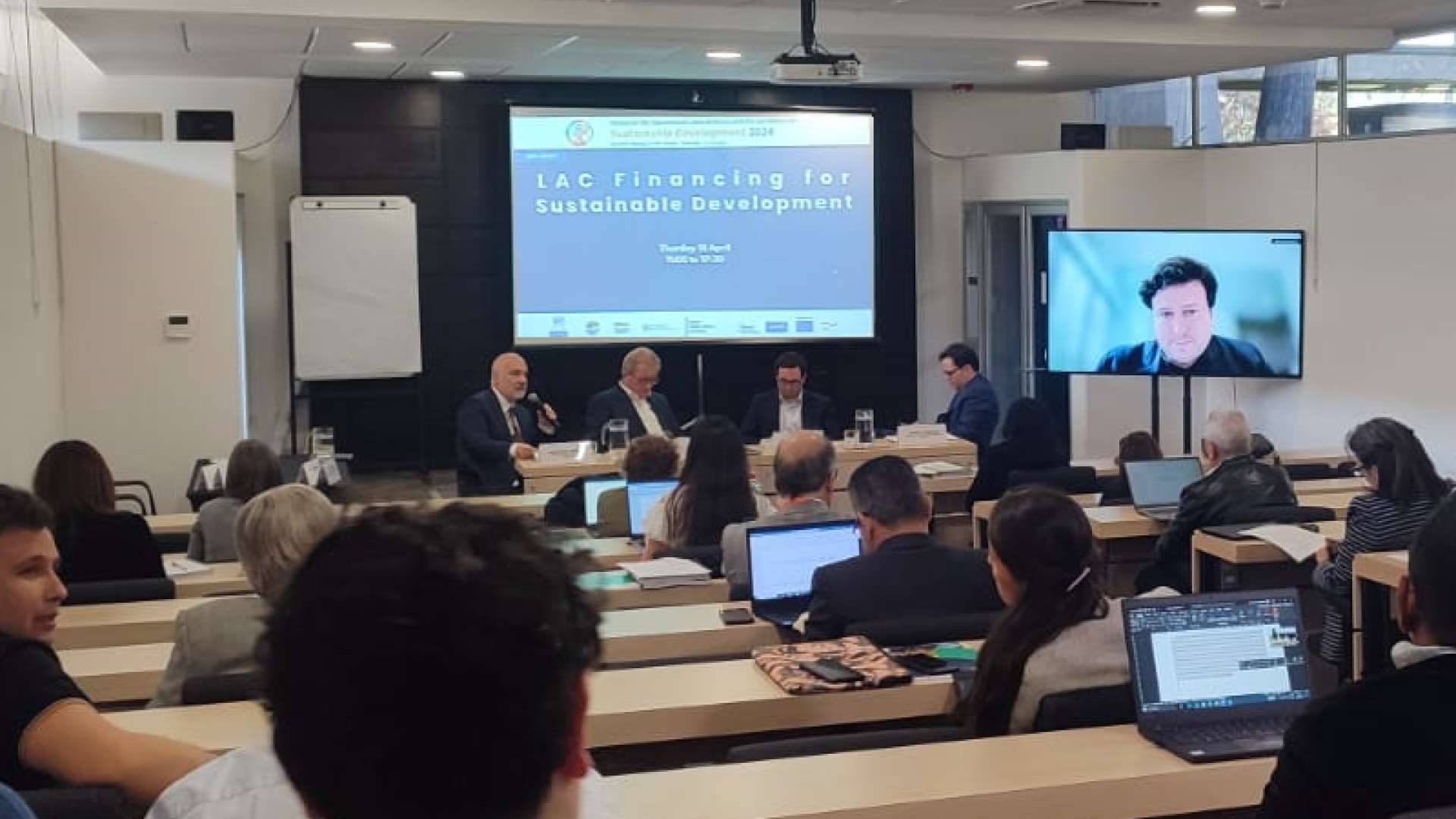Nota informativa
1. The United States Gross Domestic Product (GDP) rose 2.1% in 2022, a weaker annual growth than in 2021, which had been the strongest since 1984 (figure 1). The economic outlook improved in the second half of 2022, following two quarters of negative growth in the first half. Momentum has carried over into early 2023.
2. The labor market was strong in 2022 and continued to show strength in early 2023. In 2022, an average of 399,000 new jobs were created per month and 4.8 million new jobs were added on an annual basis. Over one million new jobs were added in the first quarter of 2023, with an average of 345,000 jobs per month (figure 2).
3. Inflation rose 8% in 2022, the highest annual level in four decades. It slowed to 5% in March 2023, building on a trend of moderating price increases that started after a peak of 9.1% was reached in June 2022. Core inflation, which excludes volatile energy and food categories, rose 5.6% in March, a slight increase from 5.5% in February. Although it has eased from a peak of 6.6% in September 2022, the March uptick shows underlying price pressures remain elevated (figure 3).
4. The rapid pace of price increases in 2022 added pressure on the Federal Reserve to raise rates aggressively to tame inflation. There were nine interest rate increases from March 2022 to March 2023, the fastest pace of monetary policy tightening since the early 1980s. The federal funds rate rose 4.75 percentage points in the period, from a range of 0.00%–0.25% to 4.75%–5.00% (figure 4). The March 2023 increase came after the sudden collapse of Silicon Valley Bank (SVB), which was partly driven by assets that lost value when interest rates rose from near zero.
5. In March 2023, the U.S. banking sector experienced turmoil, primarily concentrated among midsize and regional banks. With rapid interest rate increases squeezing their income, last year these banks began to move assets that they had been holding in cash into bonds that paid modest interest income. The thirty banks with assets between US$ 50 billion and US$ 250 billion cut the percentage of their assets held in cash to an average 6.5% at the start of 2023, from 13% a year before, according to data from the Federal Reserve (figure 5), leaving them vulnerable to deposit outflows and forced security sales at large losses.
6. Inflation concerns, the Federal Reserve’s tightening monetary policy stance and the strength of the dollar contributed to push Latin America and the Caribbean (LAC)’s funding costs higher in 2022. Against the backdrop of higher global interest rates and borrowing costs, LAC issuers placed US$ 64 billion worth of bonds in international bond markets in 2022, down 57% from 2021 and with an average coupon that was 1.3% higher, and an average maturity that was three years lower (figure 6).
For a complete and detailed analysis see the PDF attachment with the full document.









